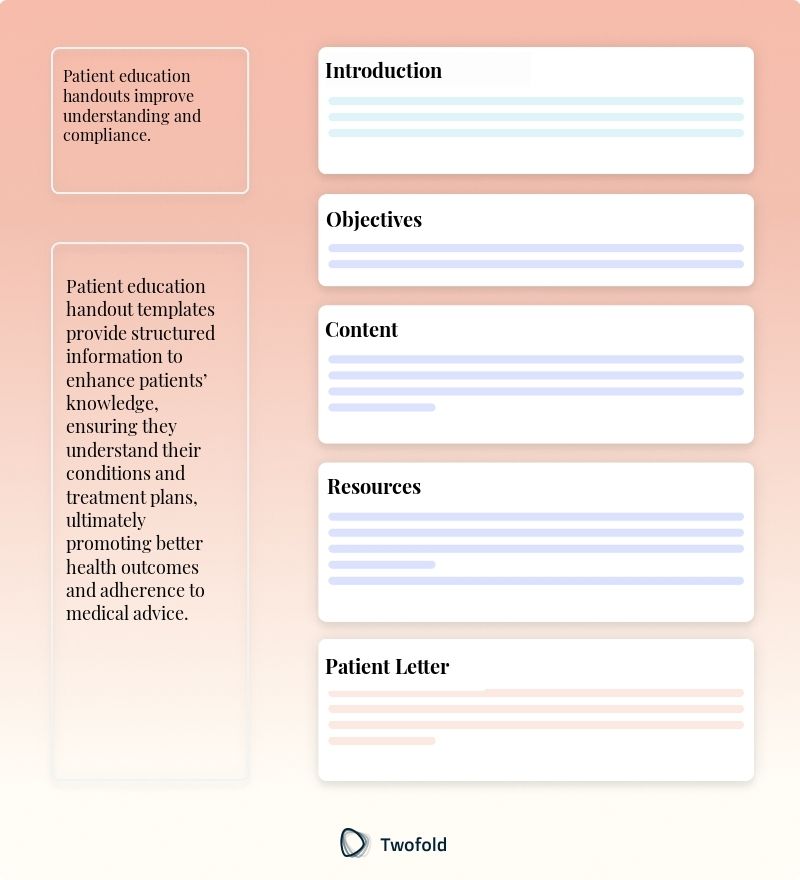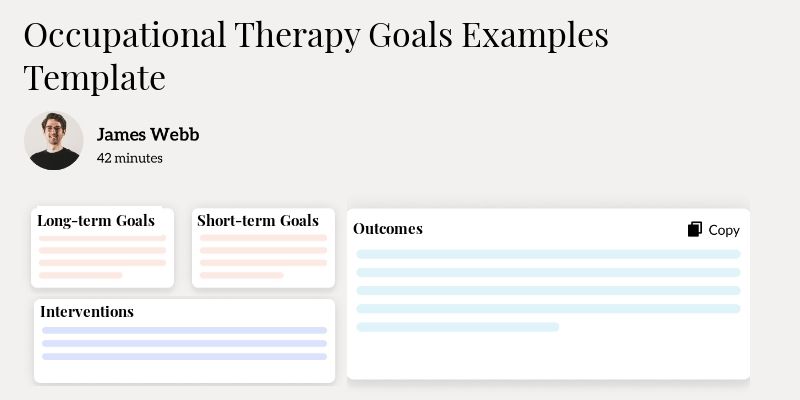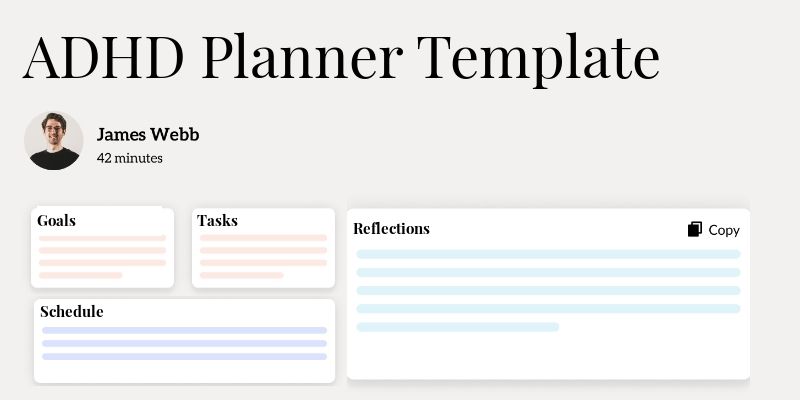
Patient Education Handout Template
Picture this: you’re at the tail end of a consultation, and your patient seems overwhelmed with information. You need something effective to ensure they remember your advice. That’s where the Patient Education Handout Template comes in, streamlining critical health info into digestible content for patients. Read on if you've been searching for a way forward.
What Is a Patient Education Handout Template?
A Patient Education Handout Template is a structured format employed by healthcare providers to create informative documents that enhance patient knowledge. This tool ensures that essential information about a patient's condition and care management is communicated effectively.
Designed to be both educational and engaging, these templates streamline the process of conveying complex medical information in understandable terms. From medication instructions to lifestyle modifications, they serve as a concise reference for patients post‑consultation.
Key Components of a Patient Education Handout
Patient Education Handouts are comprehensive yet easy to digest. Each handout should incorporate several vital elements:
- Title: Clearly defines the topic or condition being discussed.
- Introduction: Offers a brief overview of the handout's purpose.
- Detailed Information: Provides an in-depth look at the condition, treatment options, and management strategies.
- Visual Aids: Includes charts, diagrams, or images for enhanced comprehension.
- Contact Information: Lists resources for further assistance, such as support groups or hotlines.
- References: Cites credible sources that underline the validity of the information provided.

How to Use a Patient Education Handout Template: Step-by-Step Process
Step 1: Define the Objective
Begin by determining what the handout needs to achieve. Is it for general information, guidance on medication, or specific treatment instructions?
Step 2: Gather Content
Compile accurate and up‑to‑date information from reliable medical sources. Ensure data aligns with current health guidelines.
Step 3: Structure the Handout
Organize content logically into sections. Use headers to separate different topics, and maintain clarity throughout.
Step 4: Design for Readability
Use a clean, professional layout with ample white space. Incorporate bullet points and short paragraphs to maintain engagement.
Step 5: Review and Revise
Peer review the handout for accuracy and clarity. Revise any sections that may be ambiguous or misleading.
Step 6: Distribute to Patients
Provide the handout during consultations or have it readily available in waiting areas. Encourage patients to refer back to it as needed.
Benefits of a Patient Education Handout
Benefit | Description |
|---|---|
Improved Patient Outcomes | Encourages adherence to medical advice, supporting better health results. |
Enhanced Understanding | Simplifies complex medical information, making it accessible to patients. |
Consistency in Care | Ensures uniformity in the information provided across various cases and providers. |
Patient Empowerment | Enables patients to take an active role in their healthcare decisions. |
Stakeholders in Patient Education Handouts
Various stakeholders are involved in the creation and dissemination of these handouts, each playing a pivotal role:
- Healthcare Providers: Doctors and nurses who issue these handouts. For example, a nurse providing asthma management guidance through a handout to a newly diagnosed patient.
- Patients: The primary audience who benefits from the information presented. Like a patient learning to manage diabetes effectively through a structured handout.
- Medical Writers: Professionals crafting precise and understandable content for the handouts. A medical writer ensuring the accuracy of heart disease prevention tips in a handout.
- Health Institutions: Entities like hospitals that back the use of such educational tools. For instance, a hospital creating a series on preventive care to reduce readmission rates.
Example of a Patient Education Handout PDF
For practical insight, an example PDF demonstrates how structured patient education can look and function effectively.
Real-World Use Cases: Practical Impact of the Patient Education Handout Template
Implementing these handouts can significantly enhance the healthcare experience, bridging gaps in communication:
- Hospitals: A hospital introduces handouts to inform patients about upcoming surgical procedures, reducing preoperative anxiety and improving consent rates.
- Clinics: In a family practice, educational materials guide parents through childhood immunizations, providing peace of mind and accountability.
- Telehealth Services: Using handouts as a follow-up to virtual consultations, ensuring patients maintain access to guidance despite geographical distances.
Conclusion
Patient Education Handouts offer a valuable approach to enhancing healthcare communication. By converting complex medical concepts into a structured and accessible format, these templates play a vital role in patient education. From consistent care to improved outcomes, they remain an indispensable tool in the healthcare provider's arsenal.
Disclaimer: This article is for informational purposes only and does not constitute legal or medical advice. Always consult professional guidelines and regulatory bodies for specific compliance requirements.

Dr. Danni Steimberg
Dr. Danni Steimberg is a pediatrician at Schneider Children’s Medical Center with extensive experience in patient care, medical education, and healthcare innovation. He earned his MD from Semmelweis University and has worked at Kaplan Medical Center and Sheba Medical Center.
Great handouts are read, remembered, and acted on. The 5‑15‑50 rule ‑ Grade 5 reading level, 15 words per sentence, 50 percent white space ‑ keeps content clear and behavior focused.
- Make it readable: Aim for grade 5, keep sentences under 15 words, and use short bullets with plenty of white space and simple pictograms.
- Use action boxes: Replace paragraphs with three boxed checklists - Do today, How to take meds, When to call - each with 1-2-3 steps and a sample day schedule if relevant.
- Teach-back and traceability: Add a one-line teach-back prompt, a QR to a 60-second demo, bilingual version notes, and date/version so updates are easy and staff handouts stay current.
Frequently Asked Questions
Reduce burnout,
improve patient care.
Join thousands of clinicians already using AI to become more efficient.

Attendance Log Template
Discover practical Attendance Log templates to enhance your documentation efficiency.

Occupational Therapy Goals Examples Template
Discover practical Occupational Therapy Goals Examples Template templates to enhance your documentation efficiency.

ADHD Planner Template
Discover practical ADHD Planner Template templates to enhance your documentation efficiency.

